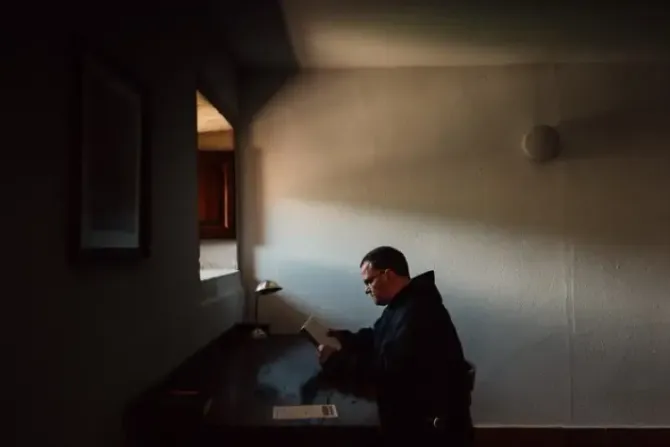Denver Newsroom, Jul 25, 2022 / 14:47 pm
For the first time since 1835, the monks of the Santo Domingo de Silos Monastery in Spain — known for their Gregorian chant — have been forced to abandon the seclusion of their cells. However, this time it’s not because of a political decision of the enemies of the Church but as a precaution against wildfires in the area.
At least eight buildings have been destroyed by the flames that are devastating the land surrounding the village of Santo Domingo de Silos, and more than 500 people have been evacuated from the area.
In a statement to ACI Prensa, CNA’s Spanish-language sister news agency, the monks said that the nuns at the Benedictine monastery of Santa María in the nearby town of Aranda de Duero are lodging them at their guest house.
The monks expressed their concern for the residents of the town, who have also been forced to leave their homes. They also lamented the damage caused by the fire in the village, the natural environment, and the agricultural and livestock businesses.




